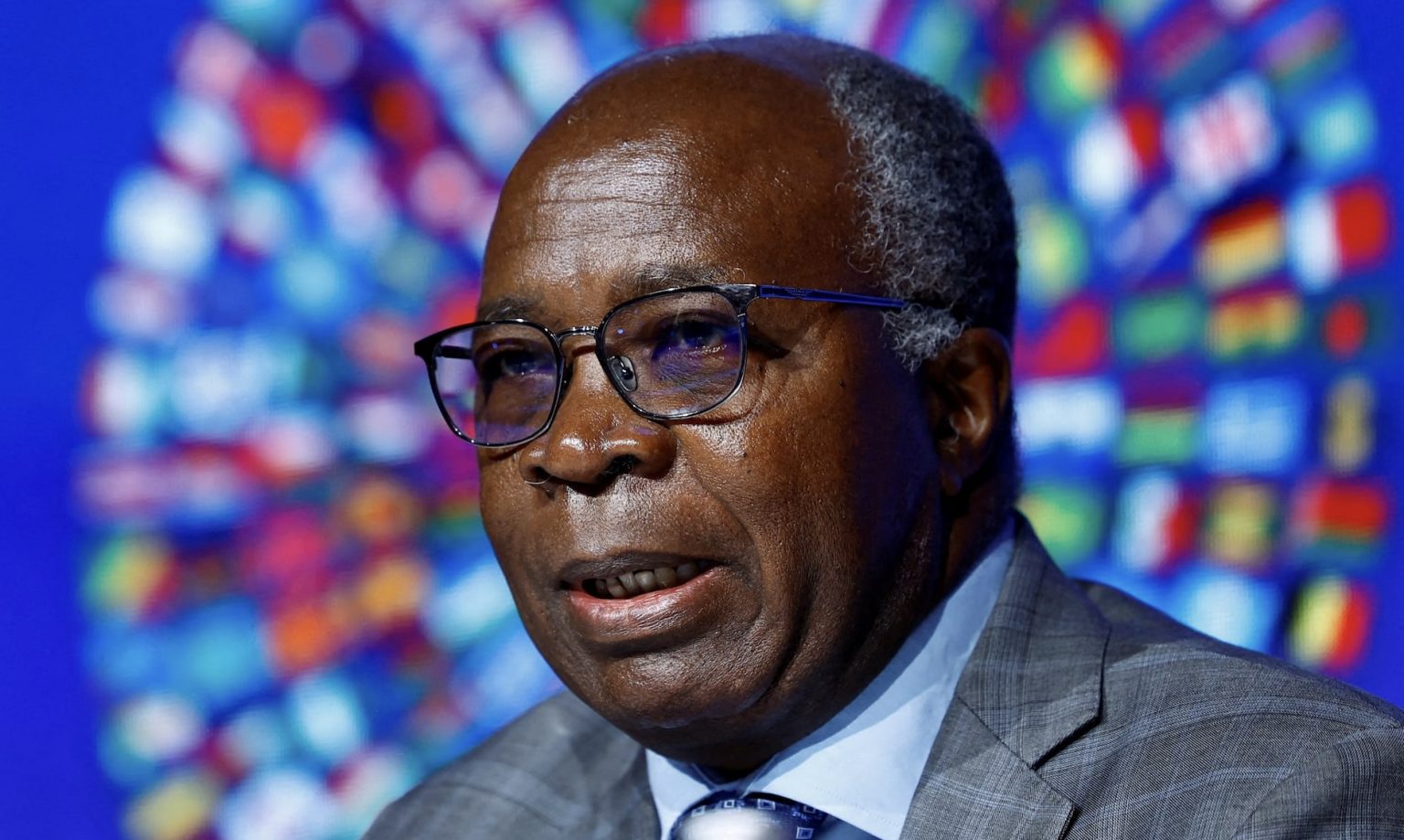Fitch international rating agency has upgraded Zambia’s short term issuer rating to ‘C’ from ‘RD’ while maintaining its long term issuer rating at ‘RD’. The improved assessment is supported by dollar bond restructure strides. Africa’s copper producer Zambia on June 04 earned a positive nod on its dollar bonds when its Eurobond holders voted in favor of the proposal to reissue fresh bonds maturing 2033 and 2053 respectively. The Southern Africa nation will see its defaulted stock of $3 billion worth of 2022 ($750 million), 2024 ($1.25 billion) and 2027 ($1 billion) morph into 2033 ($1.7 billion) and 2053 ($1.35 billion) under two base and upside case scenarios. Bond holders as earlier as a week after consent solicitation on the London Stock Exchange showed strong willingness to back the debt reorganization proposal.
READ ALSO: Zambia Seeks to Plug Drought Induced Deficit with $388 million IMF Loan
The new bonds are expected to be exchanged on June 11 after which trading will commence on the London bourse. Zambia has grappled with defaulted ratings on both its short and long term issuer rating at SD/RD with international rating agencies. This was triggered when the red metal producer skipped payments on its bonds in COVID19 period in November 2021 becoming the first African nation to default. Under the G20 common framework, Zambia becomes the first nation to set the pace for future restructures of such complicated magnitude.
Speaking on a live Sunday Interview on state television, Chief Risk Officer and Economist at Zambia largest bank by asset size ZANACO Plc Mutisunge Zulu said, “The outlook on Zambia’s bond will improve however the sovereign would need to complete the full restructure process to earn a long term issuer rating from the current RD. Dollar bonds are the stickiest of debt because they are the only portion of obligations tied to a credit rating hence the urgency to restructure them. This dollar bond restructure is critical as it improves the outlook on ratings that determines capital pricing which most banks has borne the brunt of through costly credit lines with offshore financiers.”
Zambia faces environmental headwinds that have triggered energy poverty in extended power rationing and agriculture production constrictions. The Southern African nation faces drought induced credit risks that has manifested in rising cost of living pressures and widening inflation that is forecast to trim its growth to 2.3% in 2024. More recently the International Monetary Fund reached a staff level agreement that cited the need to continue with appropriate monetary tightening, expediting structural reforms in the energy sector, reprioritization of fiscal spend to energy areas and fiscal consolidation efforts. The IMF board is expected to table a $578 million request for Zambia comprising $188 million disbursement request for the ECF and an additional ask for drought financing of $388 million which if approved will cushion in part the copper producers $940 million budget support to absorb the climate effect shocks.
Some key risks hovering Zambia in the second half of the year include foreign exchange risk given muted supply from the mines and likely interest rate risk pressures in the government security market. These are a potential source of transfer and convertibility risks.
Zambian authorities will now seek to expedite restructure of the remaining $3.4 billion non-bond holder debt significant of which is the Sinosure portion with the Chinese to yearend. To date the red metal producer has restructure 75% – 77% of its total external debt stock.
The Kwacha Arbitrageur

